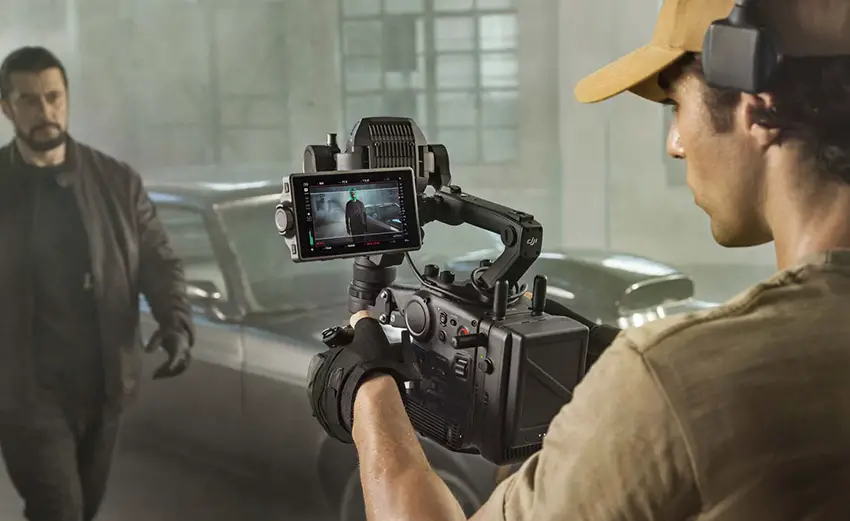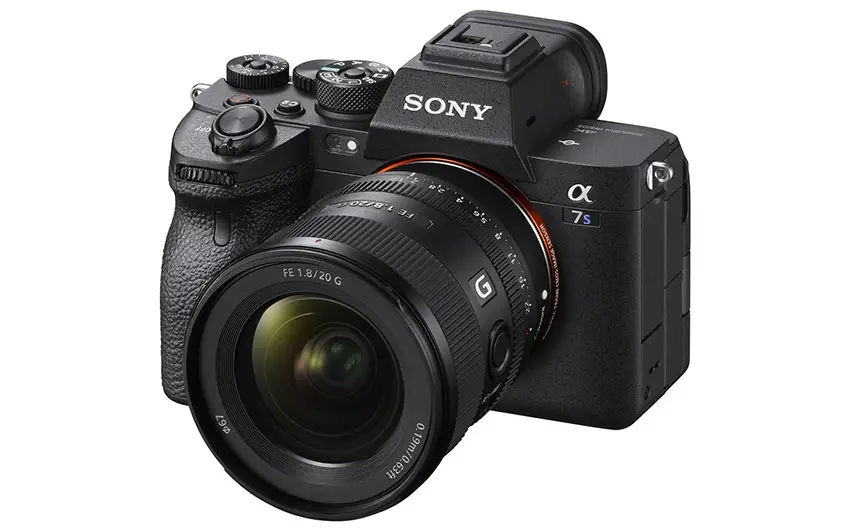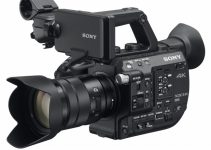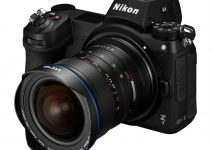Weird and unique are not always great descriptions for new products. In the case of the DJI Ronin 4D that may have been the point as they made something that is both interesting and has strong potential for filmmakers looking for a single cinema camera that can do it all.
You might even want to see if it is all flash with the integrated gimbal and fancy autofocus or truly worthwhile by comparing it to existing options, like the Sony a7S III. If you are curious about the Ronin 4D and at all worried about image quality, this comparison from filmmaker Peter Lindgren is just what you need.
Putting together footage from both the Sony a7S III and DJI Ronin 4D shows how many modern digital cameras are very good.
These two full-frame models are very different. Lindgren does consider the fact that the a7S III with all the extra pieces (gimbal, external monitor, etc.) adds up to be similar in price and features to the Ronin 4D. So can you get equivalent footage on each camera?
Well, the a7S III is a lot lighter and easier to work with while the Ronin’s all-in-one design is very convenient and effective though it always has the extra weight. In the forest tests, the actual footage from each was nearly impossible to tell the difference between the two.

Image Credit: DJI
One thing that you can see in the head-to-head tests is stabilization. The Ronin 4D easily beats out the a7S III on a DJI RS 2. The larger design of the Ronin 4D may be more appealing for professional sets as you don’t have to spend time rigging up your camera and it has that bigger, “pro” look.
Another thing is that the Ronin 4D will do Raw recording internally. This extra flexibility without needing a ton of extra equipment is a huge benefit. Though, there is still a note to be made that the a7S III will do raw out to an Atomos recorder.
Still, the Ronin does do 6K video too so you have a little more flexibility. Plus you have the option to switch out lens mounts if you want for more lens choice. The other side of this is that the Ronin is technically limited in what lenses will work since the gimbal has a weight limit.

Image Credit: Sony
Where the a7S III does clearly win is with the size factor. It’s tiny and just can be thrown in nearly any bag for every day.
It’s the one you will be more likely to take out with you, plus it can be used in situations and setups where a full-size camera like the Ronin 4D just can’t fit. It’s still a great tool to have on hand.
Which would you pick? The Ronin 4D or the a7S III?
[source: Peter Lindgren]
Order Links:
- Sony a7S III Mirrorless Camera (B&H, Amazon)
- Sony FX3 Cinema Line Camera (B&H, Amazon)
- DJI Ronin 4D 4-Axis 6K Cinema Camera (B&H)
- DJI Ronin 4D 4-Axis 8K Cinema Camera (B&H)
Disclaimer: As an Amazon Associate partner and participant in B&H and Adorama Affiliate programmes, we earn a small comission from each purchase made through the affiliate links listed above at no additional cost to you.




